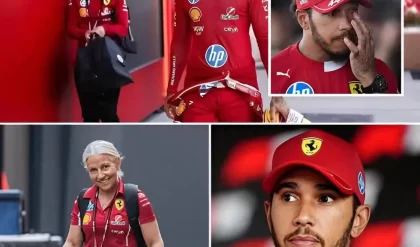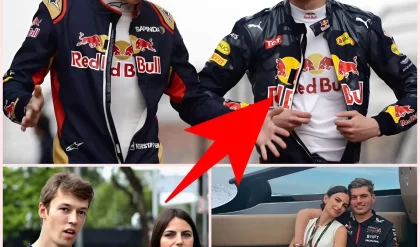As Formula 1 enters the 2025 season, Ferrari is gearing up for a monumental year with Lewis Hamilton joining the team and a crucial car development decision looming. The Italian team has announced that it will prioritize the development of its new SF-25 car for at least the first four months of the season before shifting its focus to Project 678 for the 2026 F1 season.
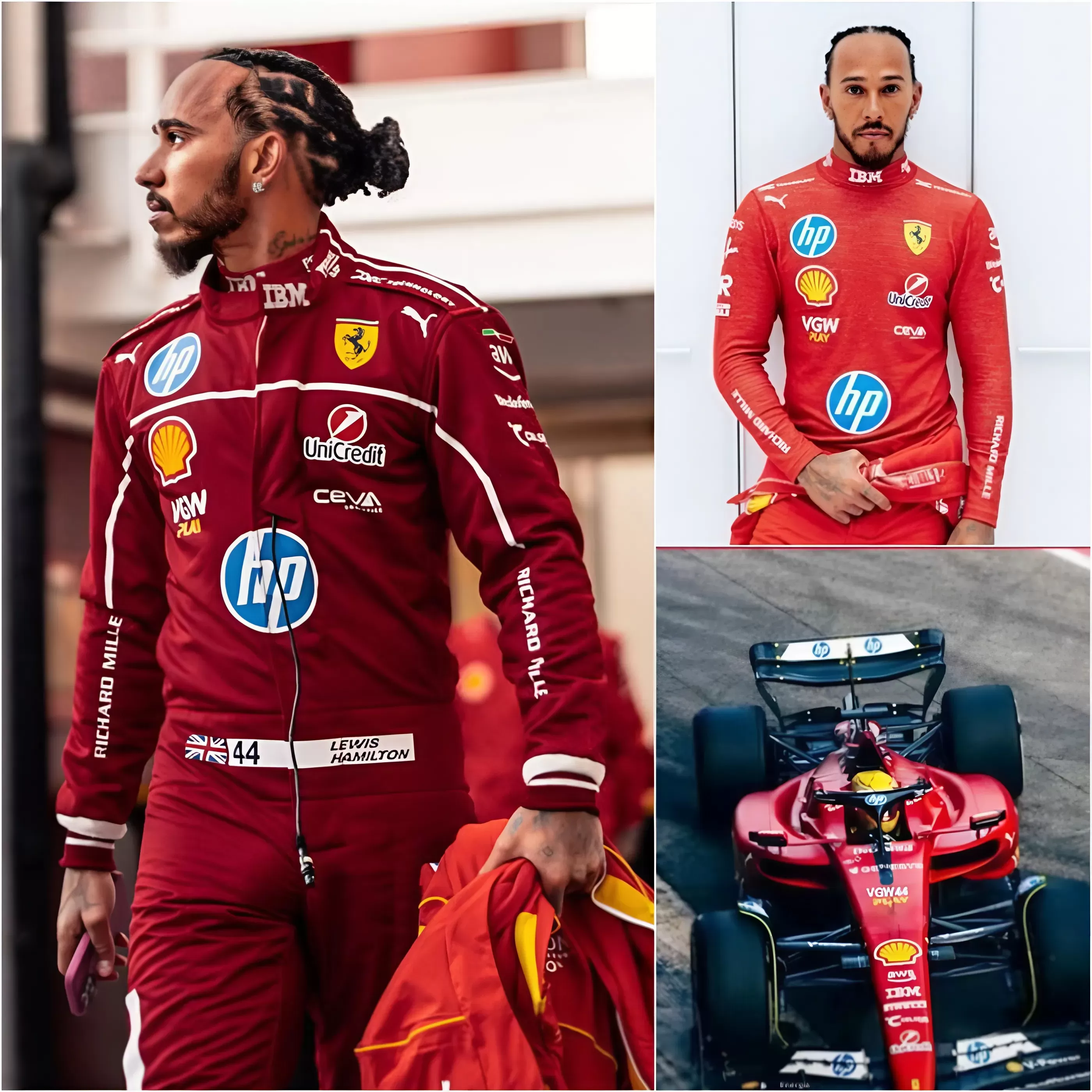
Ferrari’s Strategy for F1 2025 and Beyond
The 2025 season marks the final year of the current F1 regulations before a significant shift in 2026, which will introduce major rule changes, including 50% electrification, fully sustainable fuels, and active aerodynamics. These changes present Ferrari with a critical decision—whether to continue focusing on the current car or begin preparations for next season’s model.
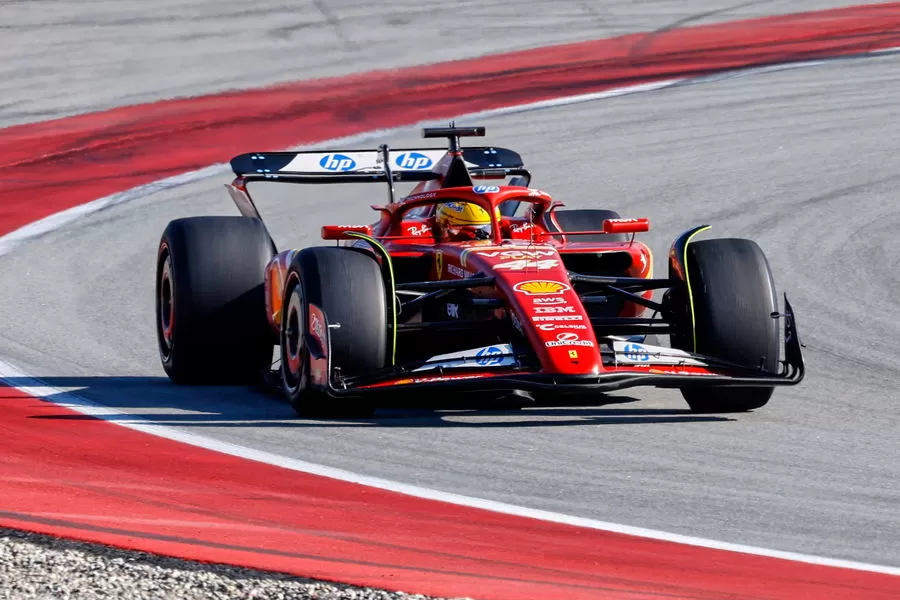
Given these challenges, Ferrari has decided to allocate resources to the SF-25 for the early part of the season. However, the clock is ticking, and the pressure is mounting for Hamilton and teammate Charles Leclerc to make an impact early on. Ferrari’s technical director, Loic Serra, is carefully managing the team’s resources, with a select group of engineers already focused on Project 678 development, which will become Ferrari’s primary focus starting after mid-2025
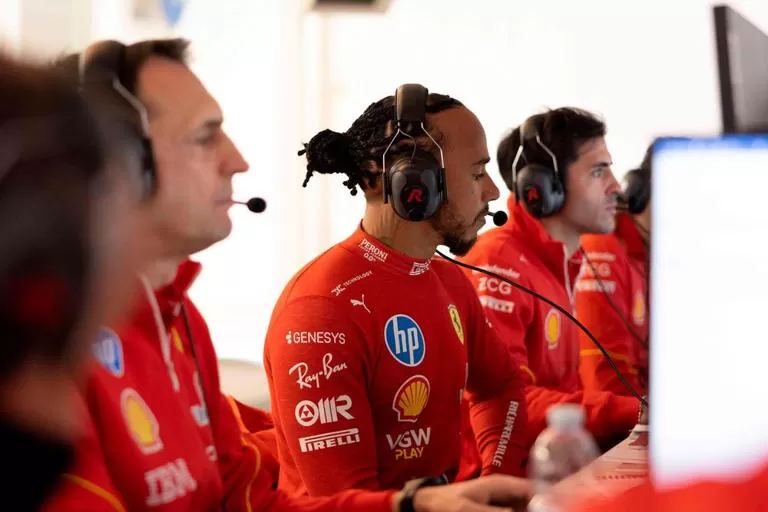
Key Factors Affecting Ferrari’s F1 2025 Approach
In Formula 1, teams are bound by a budget cap and aerodynamic testing restrictions that are influenced by their position in the Constructors’ standings. Ferrari, having finished second in the 2024 standings, has access to a maximum of 900 hours in the wind tunnel during the first half of 2025. This is 60 hours more than reigning champions McLaren and 60 hours less than third-place finishers Red Bull. These limitations will undoubtedly impact how quickly teams can innovate.
Despite the push to begin work on the 2026 car, Ferrari is determined to make the most out of the SF-25. The team has already introduced several new concepts, including a pullrod front suspension layout—a design widely used by Red Bull and McLaren. The decision to stick with the SF-25 for the initial months of the season reflects the team’s belief that this car can still deliver competitive performance.
Additionally, Ferrari will have to navigate the new cost cap regulations, which limit development spending even further. The team must strategically decide when to switch its focus to Project 678, ensuring they do not fall behind in either 2025 or 2026.
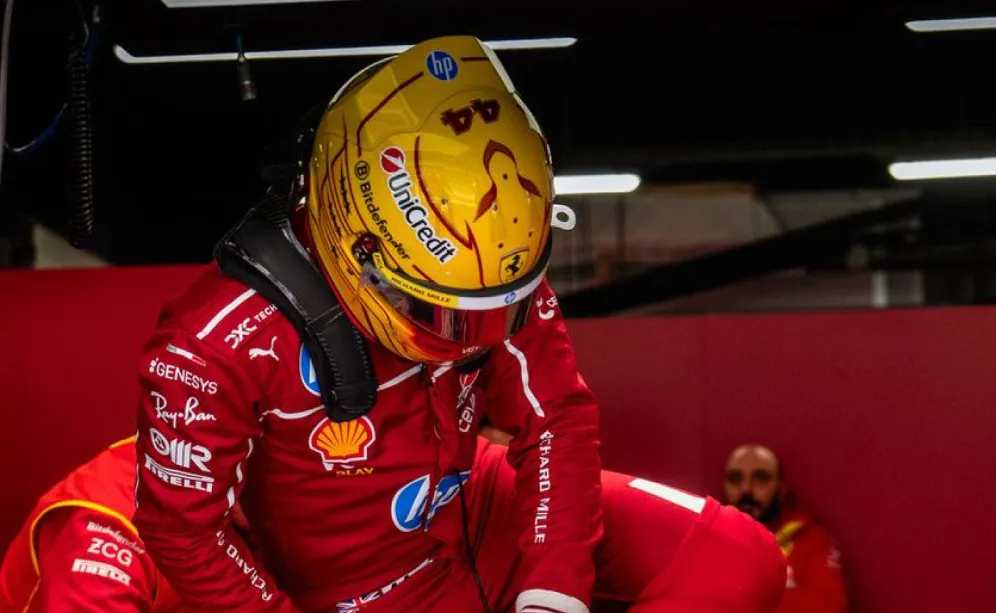
Ferrari’s Ambitious 2025 Plans and Risks
Ferrari’s team principal, Fred Vasseur, has confirmed that the SF-25 will be a completely new car compared to its predecessor, which narrowly missed out on the World Championship in 2024. According to Vasseur, less than 1% of the parts from the 2024 car will be carried over, making the SF-25 a bold new project for the team.
This aggressive development strategy signals Ferrari’s confidence in the new car concept. However, such a radical shift always comes with risks. If the SF-25 fails to perform as expected in the opening rounds, Ferrari could find itself losing valuable ground to rivals like McLaren, Red Bull, and Mercedes.
At the same time, the addition of seven-time World Champion Lewis Hamilton to the team brings new expectations and challenges. Hamilton will be expected to push Ferrari forward, using his experience and technical feedback to fine-tune the SF-25 and extract maximum performance.
With Ferrari’s last Drivers’ Championship coming in 2007 with Kimi Räikkönen, and its last Constructors’ title in 2008, the Scuderia is desperate to end its drought. The SF-25 represents one of Ferrari’s biggest gambles in recent years, as it attempts to balance short-term success with long-term competitiveness.
How Ferrari Compares to Its Rivals
While Ferrari is making big moves, other top teams are also preparing for a highly competitive season. McLaren, fresh off its first Constructors’ Championship in 26 years, will continue to develop its dominant car concept, while Red Bull is aiming to reclaim its title with Max Verstappen leading the charge.
Meanwhile, Mercedes has been working behind the scenes to revitalize its car design, with team principal Toto Wolff emphasizing that the Silver Arrows are not to be underestimated. With George Russell stepping into a leadership role and a potentially aggressive development path, Mercedes could be a dark horse in 2025.
The midfield battle is also expected to be intense, with Aston Martin, Alpine, and Williams all aiming to close the gap to the top teams. With the cost cap leveling the playing field, even smaller teams could spring surprises throughout the season.
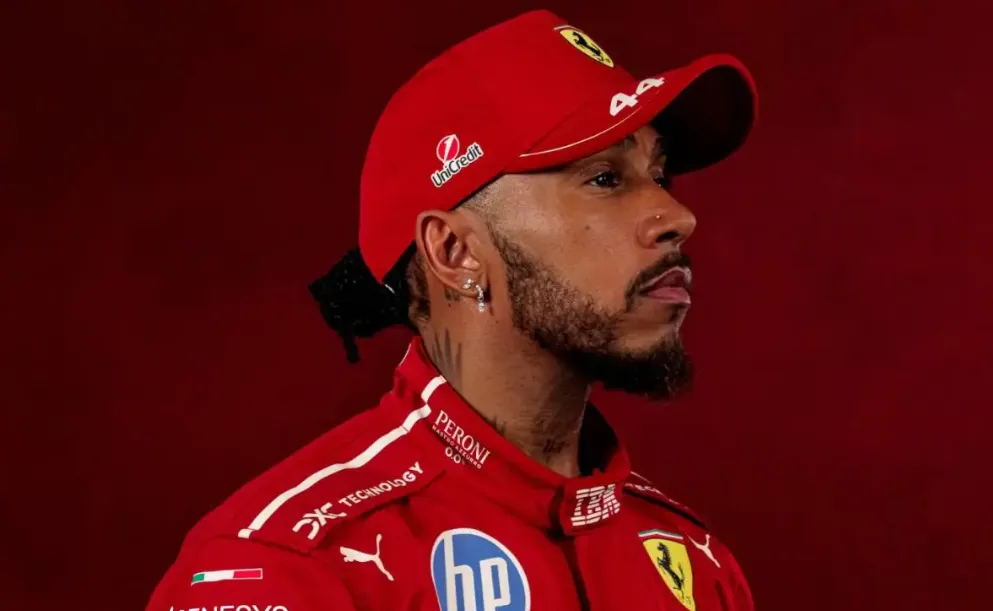
What’s Next for Ferrari?
As the season approaches, Ferrari’s success in early races will be crucial in determining its long-term strategy. If the SF-25 proves competitive, the team might extend its focus on 2025 before fully committing to Project 678. However, if early struggles arise, Ferrari could shift its resources to the 2026 car earlier than anticipated.
Regardless of the outcome, Ferrari’s approach to the 2025 season will have lasting implications on its future performance. The arrival of Lewis Hamilton, combined with a radically different car philosophy, means that Ferrari is entering uncharted territory.
The 2025 Formula 1 season is shaping up to be one of the most competitive in recent history, and Ferrari’s role in the championship battle will be one of the biggest storylines. With Hamilton and Leclerc pushing the limits, the team’s technical direction, and the looming 2026 regulations, Scuderia Ferrari is at a pivotal crossroads.
Final Thoughts
As the F1 world watches, Ferrari’s gamble with the SF-25 and its delayed shift to Project 678 will be closely analyzed. If the strategy works, Ferrari could finally reclaim its place at the top of Formula 1. However, the risks are just as great, and any misstep could see the Scuderia fall behind its rivals.
With a star-studded driver lineup, cutting-edge car development, and a determined leadership team, Ferrari has all the ingredients for a historic season. Whether it will be a year of glory or another near miss will depend on how well the SF-25 delivers in one of the most crucial F1 seasons in recent memory.
